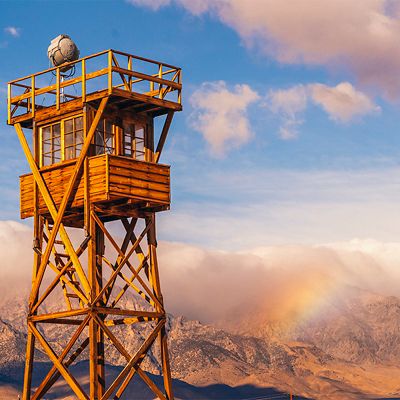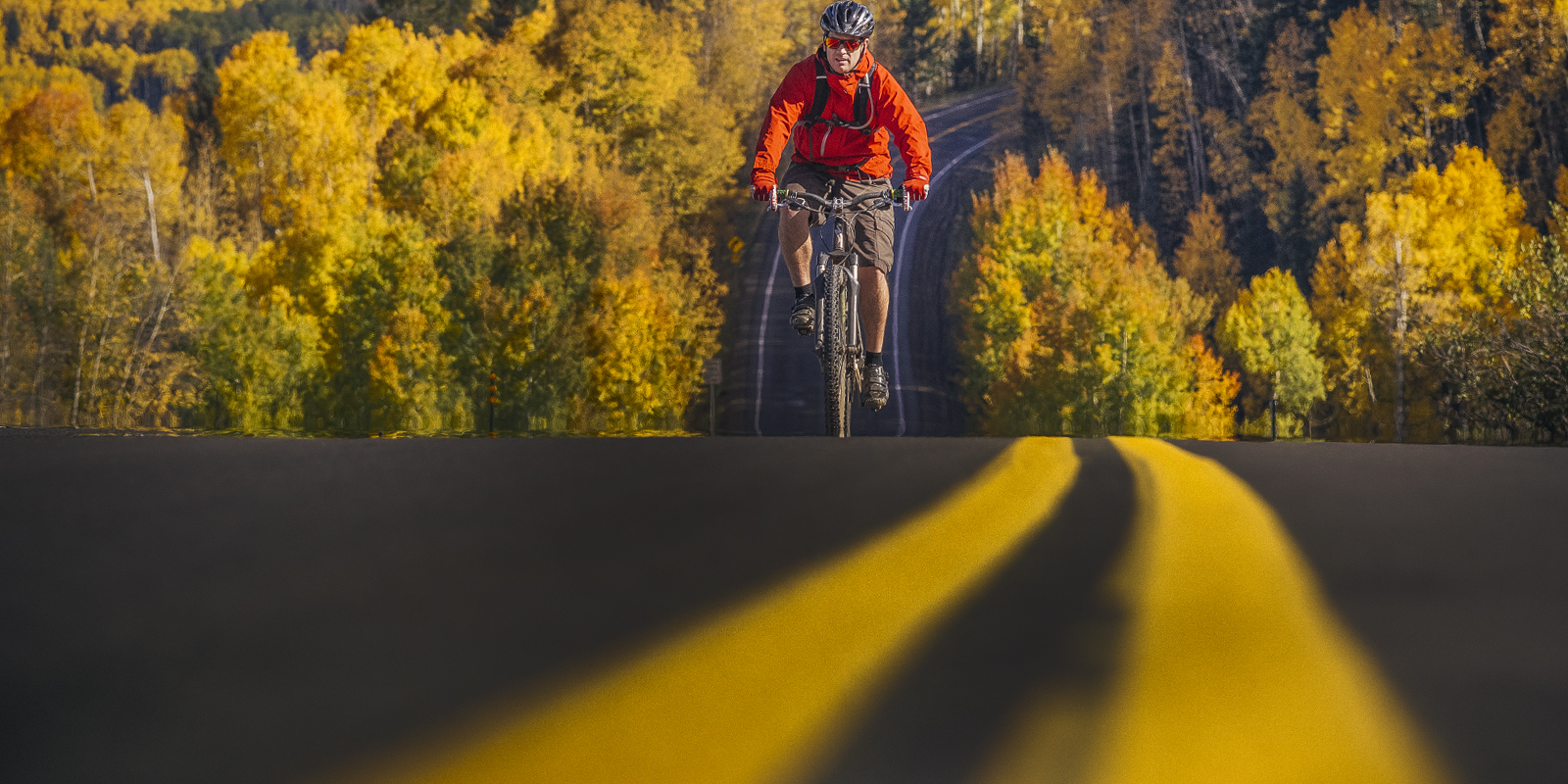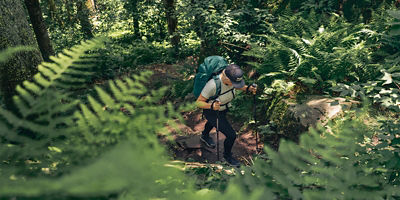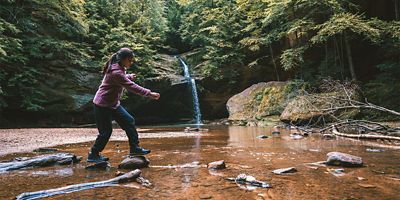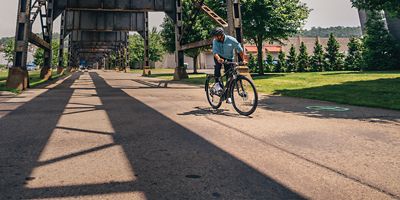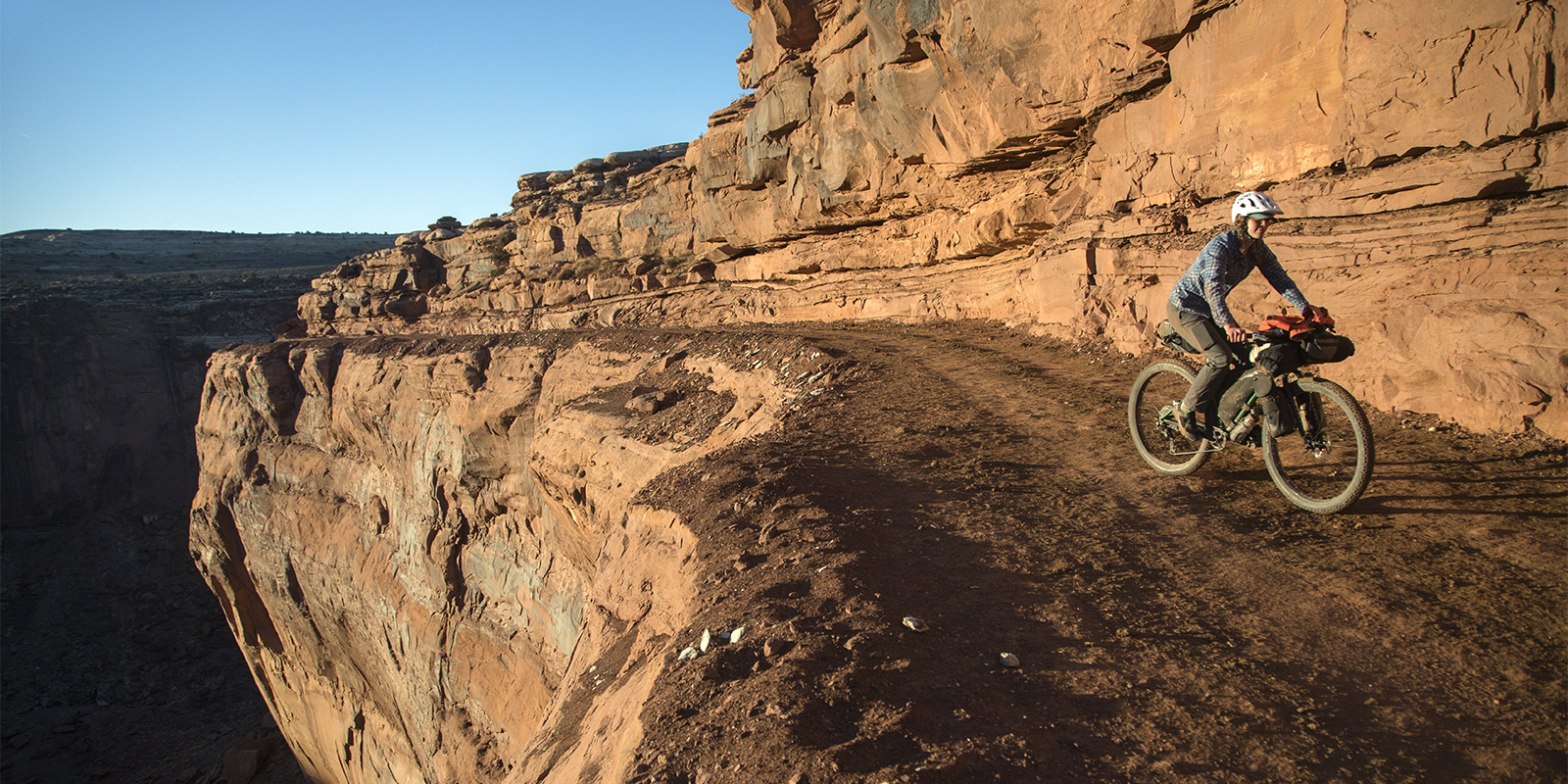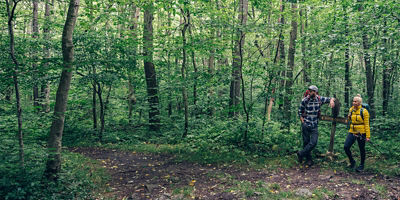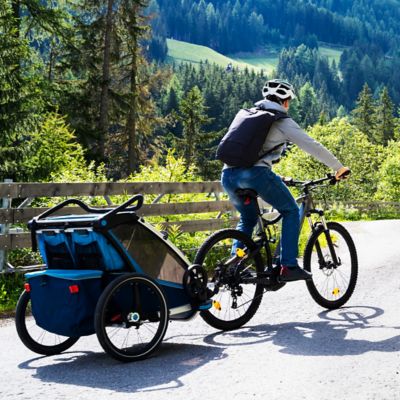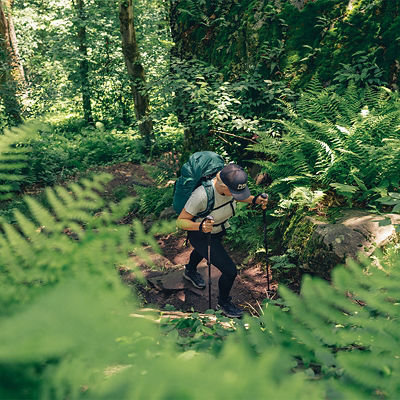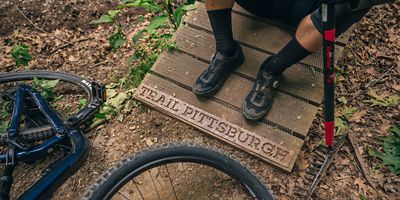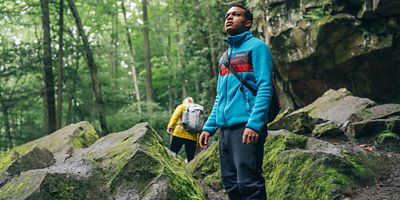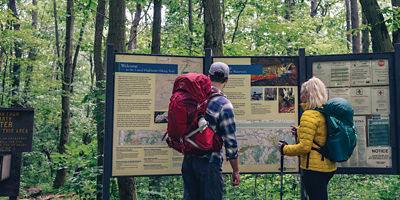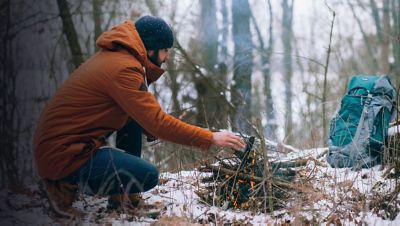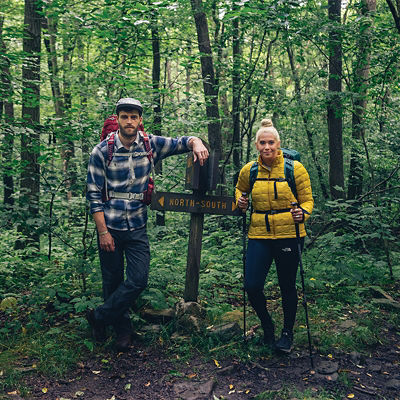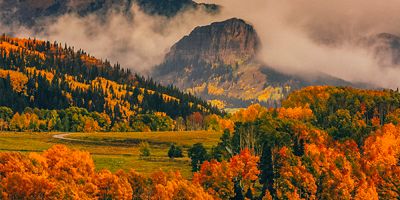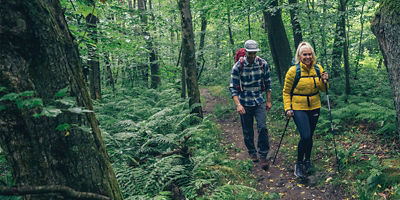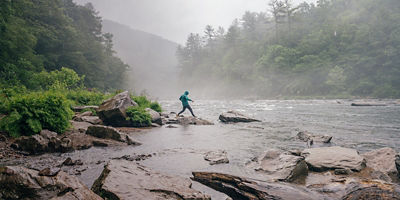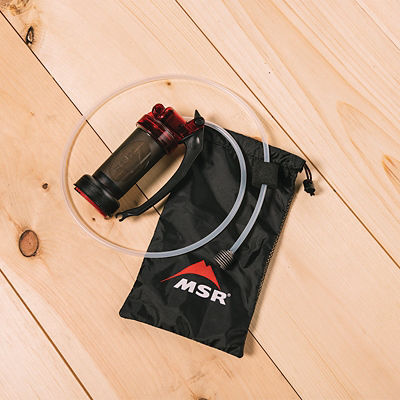Call it retrofitting our nation’s industrial past and converting it into a recreational future.
That renewal is the premise behind the Rails-to-Trails Conservancy’s heralded Great American Rail-Trail. Billed as the nation’s first cross-country, multi-use trail, it will stretch more than 3,700 miles from coast to coast across the U.S., providing options for thru-hikers and cyclists alike. Leading from Washington, D.C., to Washington state and taking advantage of converted railroad lines wherever possible, the route is a multi-use trail that fosters human-powered transit of individual sections, linked segments, or the whole bikepacking enchilada.
The rail-trail movement began in the 1980s to support continued public use of the abandoned network of railroad corridors around the country. Project Manager Kevin Belanger sees the Great American Rail-Trail as the logical next step in this movement by linking thousands of miles of these vital pieces of community infrastructure together, “to make a fully connected, multi-use trail that will have outsized economic and health benefits.” One of those key benefits—access to a healthy outlet—also address a growing need. Belanger adds that trail use has experienced a substantial increase since the 2020 start of pandemic, where linking these corridors of public land, “increases opportunities to get outside safely and conveniently to support this sustained need for trails.”
In 2019, RTC unveiled the trail’s planned route, under the criteria that it would provide safe, non-motorized travel on one contiguous route. In all, the pedaling pathway traverses 12 states and the District of Columbia. It will be separated from vehicular traffic (a minimum of 80% initially and entirely once completed), joining existing trails when possible, and serving as a catalyst for local economies. RTC, which has already developed more than 31,000 miles of trails over the last 30 years, isn’t the only believer in the route’s benefits (economic and otherwise); it’s raised $34 million for the project, with eight of the 12 states introducing new trail segments for the route.
While it won’t be packed full of technical singletrack riding, the route crosses paths with several existing bike trail routes, including the Cross Washington Mountain Bike Route, Great Divide Mountain Bike Route, and the High Plains Byway. Already more than 53% complete with more than 2,000 miles of completed trail, it’s expected to be a go-to pick for journeys of any length, from day-trips and entry-level overnighters to cross-country bikepacking journeys. Belanger adds that the conservancy is working with trail partners across the country to complete the remaining gaps in the network, and new trail miles are coming online every year.
“The Great American Rail-Trail will be a national treasure and we look forward to seeing how the route develops,” adds RTC president Ryan Chao. “It’s a once-in-a-lifetime opportunity to create—together—an enduring gift to the nation that will bring joy for generations to come.”




